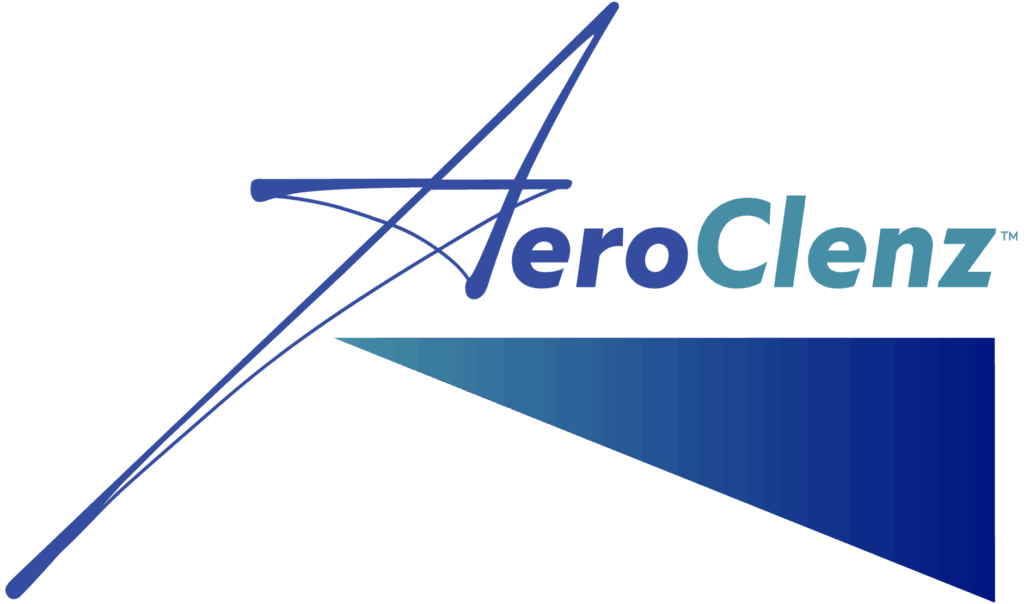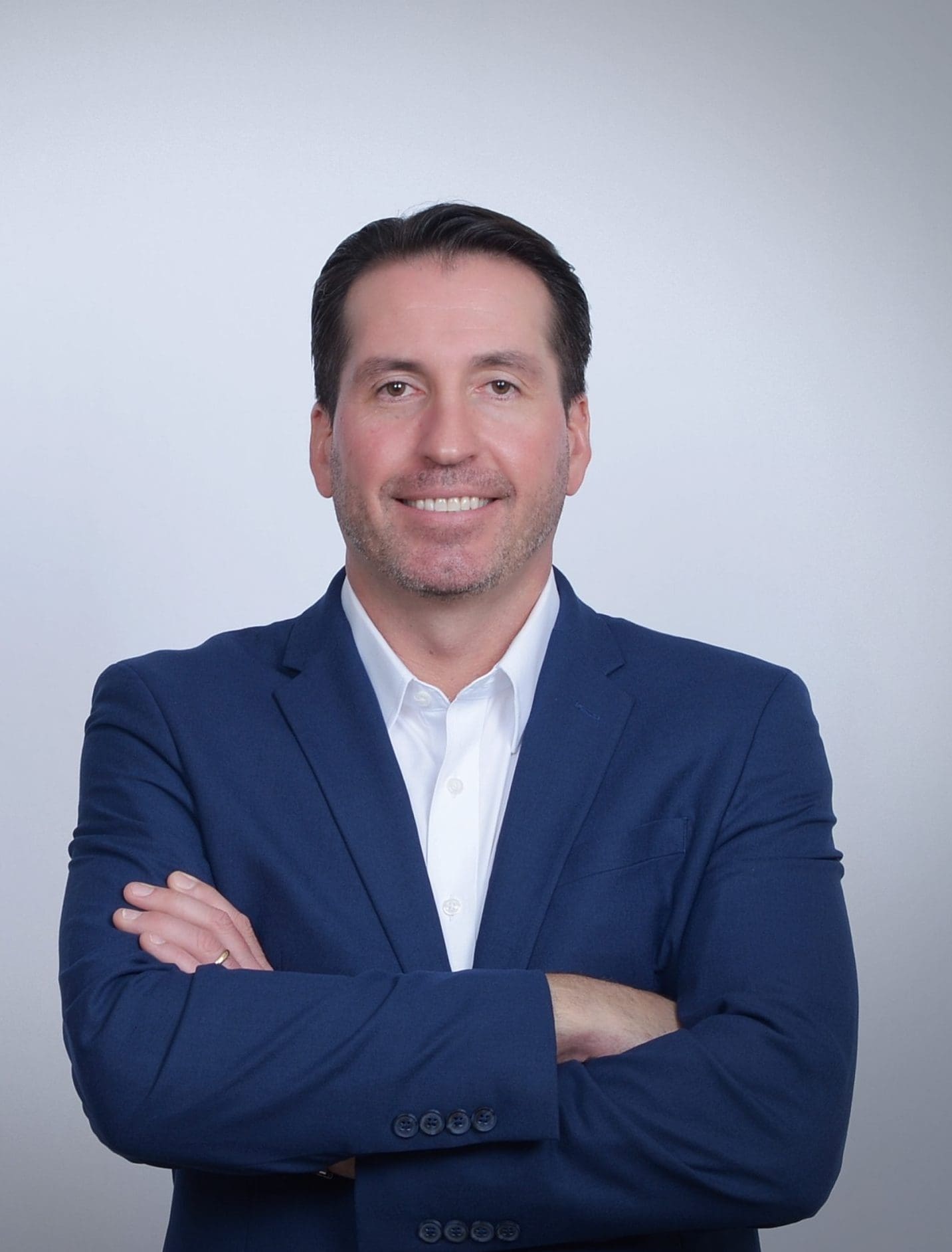How AeroClenz’s AdaptUV™ System Protects Patients and Staff

Why is disinfection so important in dental offices?
Dental practices face unique challenges when it comes to infection control. Routine procedures such as ultrasonics or high-speed drilling generate aerosols that can remain airborne for hours, exposing staff and patients to viruses, bacteria, fungi, and spores.
Traditional methods like manual chemical cleaning and HEPA filters help, but they don’t fully eliminate airborne and surface pathogens. The result is a gap in protection that can increase infection risk. AeroClenz’s AdaptUV™ System is designed to fill that gap, providing continuous, automated disinfection that goes beyond what traditional methods can achieve.
How it works:
How does UV-C LED disinfection improve safety?
UV-C light has been used for decades to inactivate microorganisms by damaging their DNA or RNA, preventing them from replicating. With the development of UV-C LED technology, this process is now safer, faster, and more efficient than ever before.
For dental offices, UV-C LED disinfection offers several advantages. It neutralizes pathogens in the air before they circulate through shared spaces, while also targeting high-touch surfaces without leaving behind chemical residues. This approach not only enhances infection control but also protects sensitive dental equipment from corrosive cleaning agents.
What makes the AeroClenz AdaptUV System different?
Unlike conventional UV systems, the AdaptUV system is built with a dual-layer approach. First, continuous upper-room air disinfection devices leverage the natural flow of warm air rising and cool air sinking. Contaminated air moves upward where it is treated with UV-C light, then recirculates as clean air. This is especially critical in waiting rooms, hallways, and operatories where aerosol sprays are frequently generated.
The second layer of defense comes from targeted air and surface disinfection devices. These units use powerful UV-C LEDs to create a cone of disinfection that neutralizes pathogens wherever the light reaches. Built-in human presence sensors, including millimeter-wave radar and passive infrared detection, ensure the system operates only when safe, automatically pausing or resuming disinfection cycles as needed.
How does the AdaptUV System support dental safety standards?
The AdaptUV System is designed to align with ASHRAE Standard 241: Control of Infectious Aerosols, which recognizes UV-C disinfection as a validated tool for improving indoor air quality. By increasing the equivalent air exchange rate in dental offices, the AdaptUV System enhances ventilation effectiveness without relying solely on costly HVAC upgrades.
This makes it easier and more affordable for dental practices to meet modern health and safety standards while giving patients and staff greater confidence in their environment.
Why should dental practices choose AeroClenz?
Integrating AeroClenz’s AdaptUV System into a dental practice provides more than just disinfection; it provides reassurance. Patients see a visible commitment to safety, staff gain protection from daily exposure risks, and offices save time through automated cleaning cycles that reduce reliance on chemical disinfectants.
The compact design of AeroClenz devices, roughly the size of a smoke detector, makes them simple to install and unobtrusive in any practice. Because they are mercury-free and energy efficient, they also support environmental sustainability while lowering operating costs.
Frequently Asked Questions
- How safe is UV-C LED disinfection in dental offices?
- AeroClenz systems are built with advanced safety features, including mmWave radar and PIR sensors that detect human presence. When someone is nearby, the devices automatically dim or shut off UV-C output, preventing direct exposure. This ensures continuous protection in operatories and waiting areas without compromising patient or staff safety.
- Does UV-C replace the need for manual cleaning?
- No. Manual cleaning remains essential for visible debris and contamination. However, UV-C LED disinfection adds an additional layer of protection by targeting airborne and microscopic pathogens that cleaning alone cannot remove.
- Will patients notice the system in use?
- AeroClenz devices are compact and ceiling-mounted, blending seamlessly into the office environment. Patients may not notice the devices directly, but they will benefit from the cleaner, healthier air they provide.
- Is the system cost-effective for smaller practices?
- AeroClenz systems are built with advanced safety features, including mmWave radar and PIR sensors that detect human presence. When someone is nearby, the devices automatically dim or shut off UV-C output, preventing direct exposure. This ensures continuous protection in operatories and waiting areas without compromising patient or staff safety.
Conclusion
The AeroClenz AdaptUV System brings a new level of infection control to dental offices, combining advanced UV-C LED disinfection with intelligent automation. Addressing both air and surface pathogens in real time creates a safer, more sustainable environment for patients and staff alike.
Learn more about how the AeroClenz AdaptUV™ System is the perfect fit for your dental office at AeroClenz.com/dental



